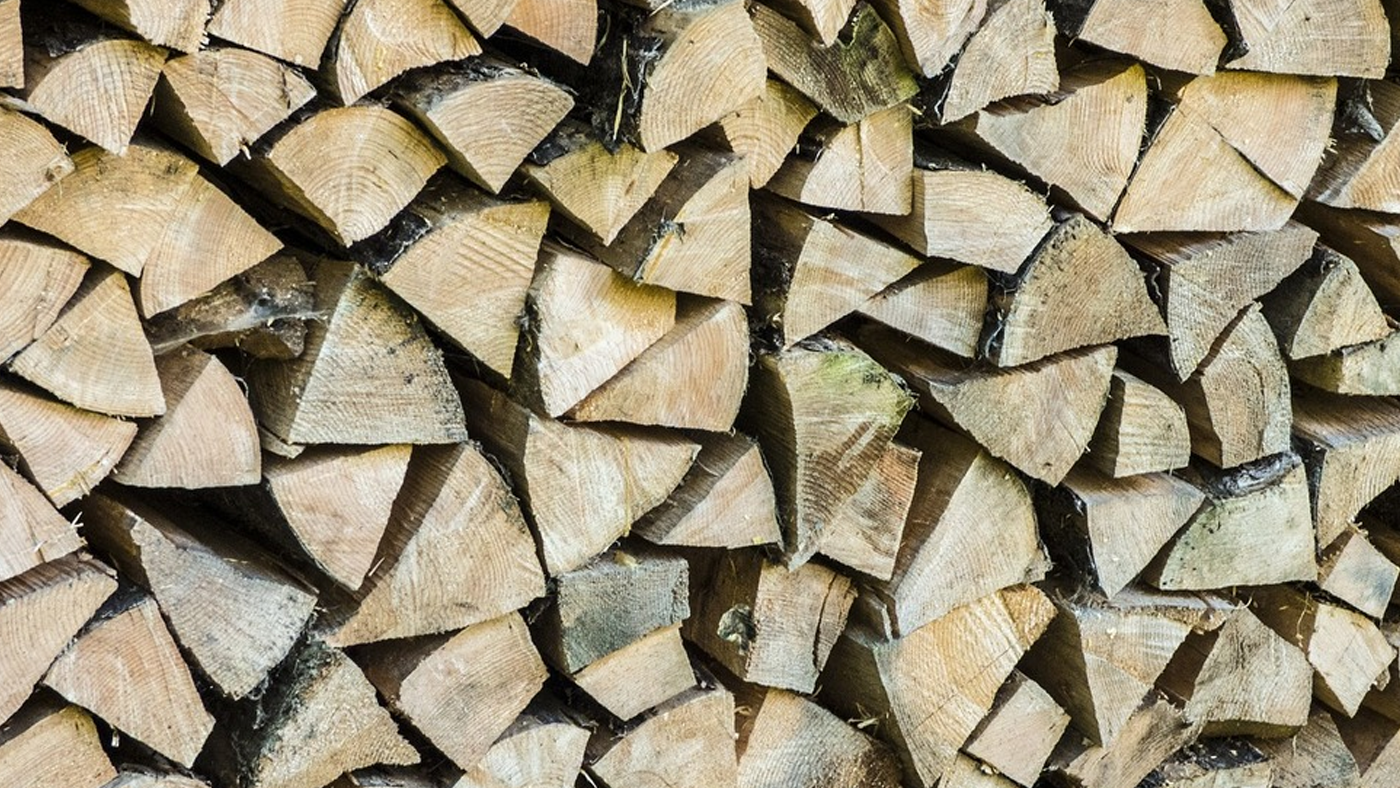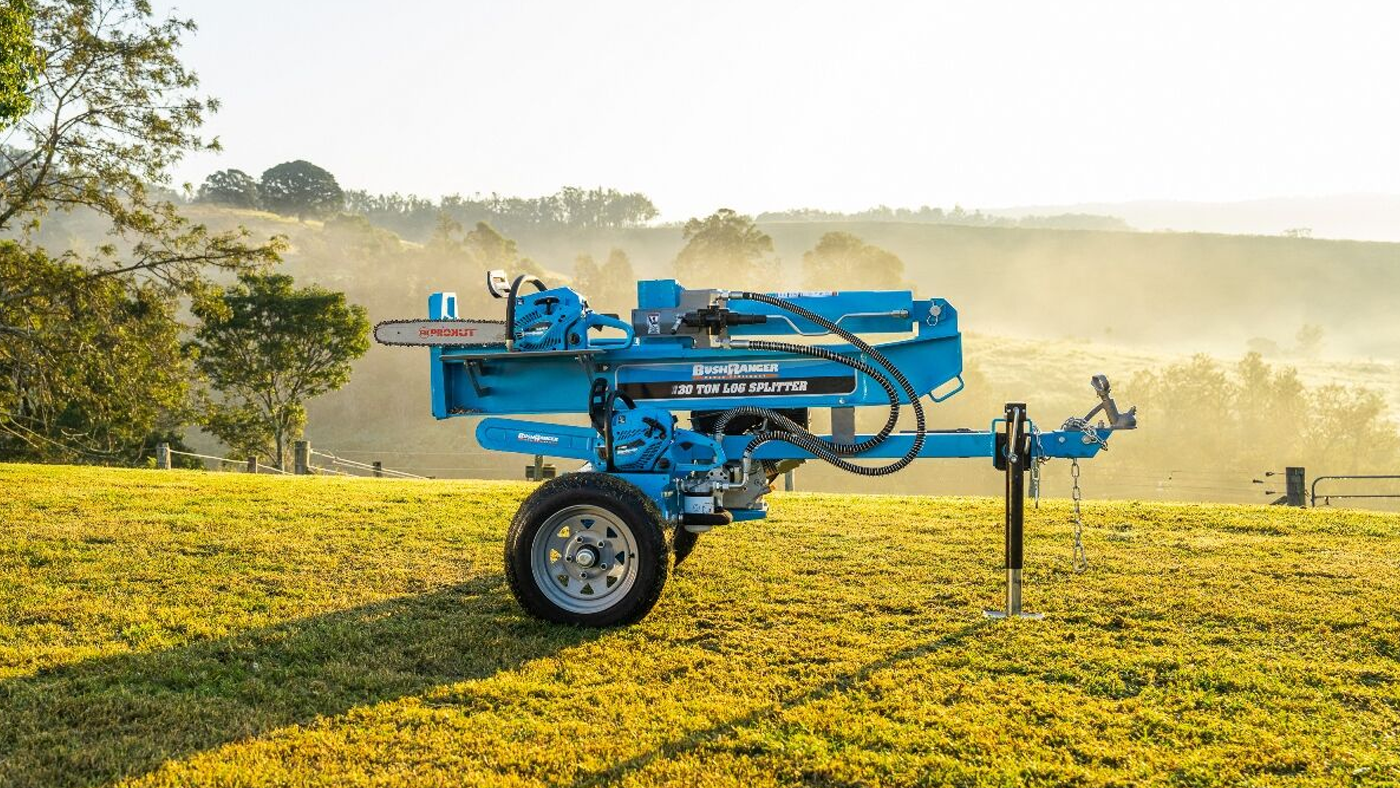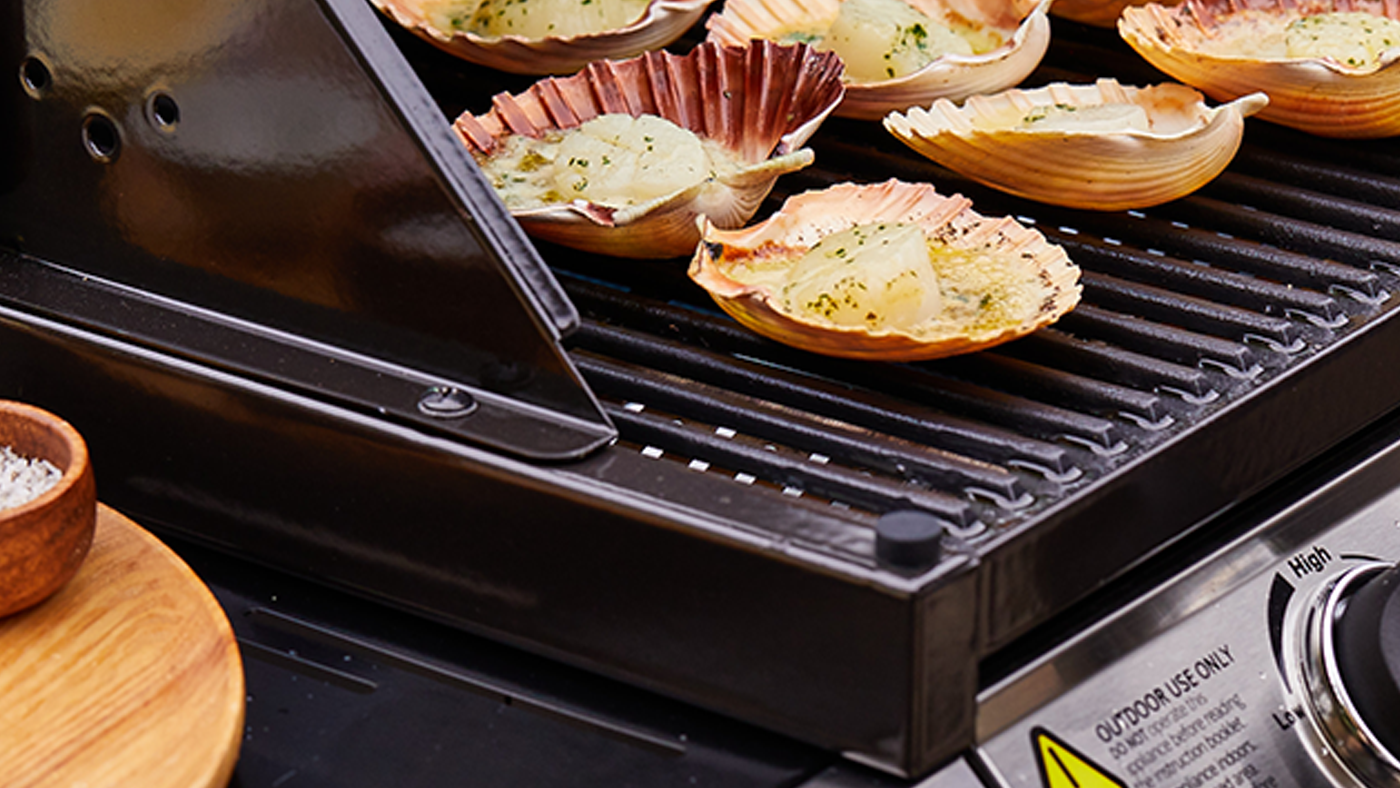As winter approaches, many Australians turn their attention to preparing firewood to keep their homes warm and cozy. One essential tool for this task is the log splitter, a device that significantly eases the process of splitting logs compared to traditional methods like using an axe. Whether you’re a seasoned woodcutter or a homeowner looking to efficiently manage your firewood supply, understanding the various types and benefits of log splitters is crucial.
Types of Log Splitters
Log splitters come in several types, each designed to cater to different needs and preferences. Here’s a breakdown of the main types you can find in Australia:
-
Manual Log Splitters Manual log splitters are the most basic and cost-effective option. They rely on human power to operate, making them ideal for those who need to split small quantities of wood or prefer a more hands-on approach. While they require more physical effort, they are portable and don’t require fuel or electricity.
-
Electric Log Splitters Electric log splitters are popular for their convenience and efficiency. They are powered by electricity, making them environmentally friendly and easy to maintain. Electric log splitters are suitable for residential use, especially in suburban areas where noise and emissions need to be kept to a minimum.
-
Gas-Powered Log Splitters For those who need to split large quantities of wood or handle tougher logs, gas-powered log splitters are a robust choice. They offer more power and can handle heavier workloads, making them ideal for rural properties and professional use. However, they do require regular maintenance and fuel.
-
Hydraulic Log Splitters Hydraulic log splitters use hydraulic pressure to split logs, providing a smooth and powerful operation. They come in both manual and powered versions, with the powered models being particularly efficient for larger tasks. Hydraulic log splitters are known for their durability and reliability.
-
Kinetic Log Splitters Kinetic log splitters are known for their speed. They use a flywheel mechanism to store energy and release it quickly to split logs. This type of log splitter is incredibly fast, making it perfect for those who need to process large amounts of firewood quickly.
Choosing the Right Log Splitter
When selecting a log splitter, there are several factors to consider:
-
Wood Type and Size Consider the type and size of wood you need to split. Hardwoods like eucalyptus require more power to split than softwoods. Similarly, larger logs will need a more powerful splitter.
-
Frequency of Use Think about how often you will use the log splitter. For occasional use, a manual or electric splitter may suffice. For regular, heavy-duty use, a gas-powered or hydraulic model might be more appropriate.
-
Portability If you need to move the log splitter around your property or transport it to different locations, consider its weight and design. Some models come with wheels for easier mobility.
-
Safety Features Look for log splitters with safety features such as automatic shutoff, two-hand operation, and protective guards. These features help prevent accidents and ensure safe operation.
-
Budget Log splitters come in a wide range of prices. Determine your budget beforehand and choose a model that offers the best value for your needs. Remember that higher initial costs can be offset by durability and reduced maintenance expenses over time.
Benefits of Using a Log Splitter
Using a log splitter offers numerous benefits over traditional wood-splitting methods:
- Efficiency: Log splitters can split wood much faster than using an axe, saving you time and effort.
- Consistency: They produce uniformly split logs, which stack and burn more efficiently.
- Reduced Physical Strain: Log splitters significantly reduce the physical effort required, making wood splitting accessible to more people.
- Safety: Modern log splitters come with various safety features that minimize the risk of injury compared to manual splitting.
Investing in a log splitter can make preparing firewood a more manageable and enjoyable task. By understanding the different types of log splitters available in Australia and considering your specific needs, you can choose the perfect tool to keep your home warm throughout the winter.
Whether you opt for a manual, electric, gas-powered, hydraulic, or kinetic log splitter, you’ll appreciate the efficiency and convenience it brings to your wood-splitting efforts.



































